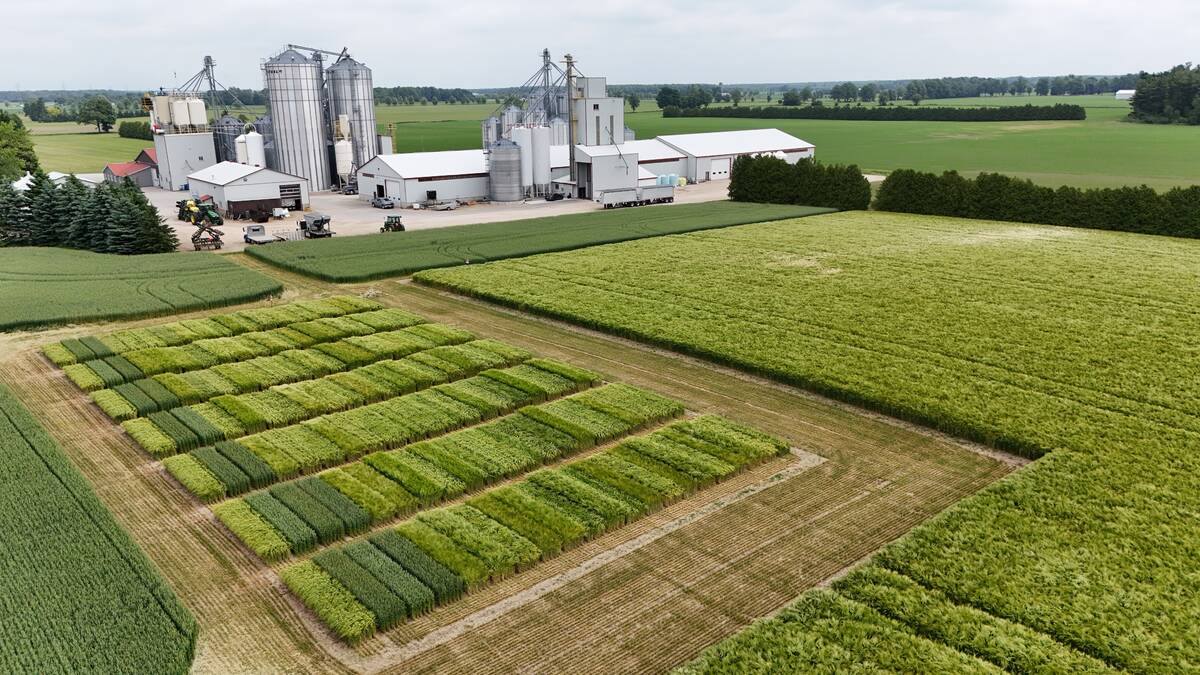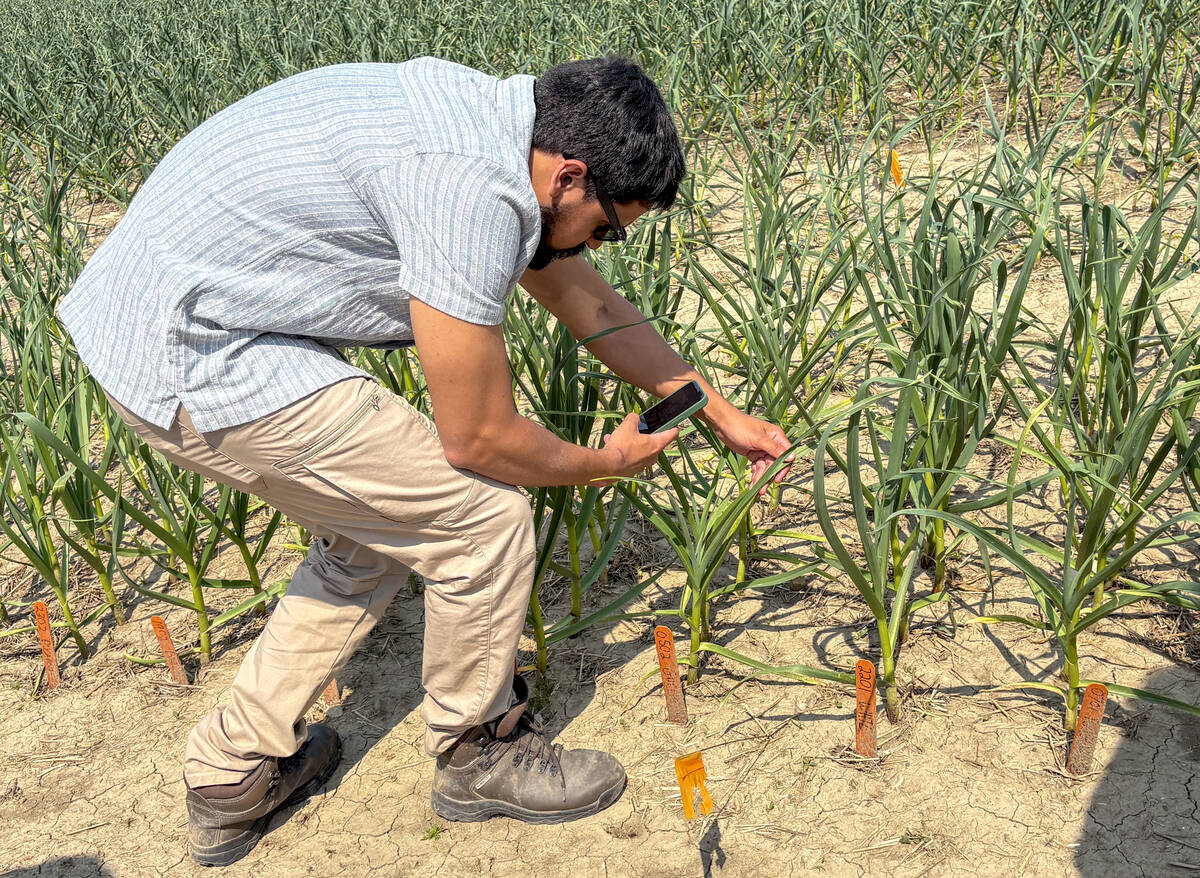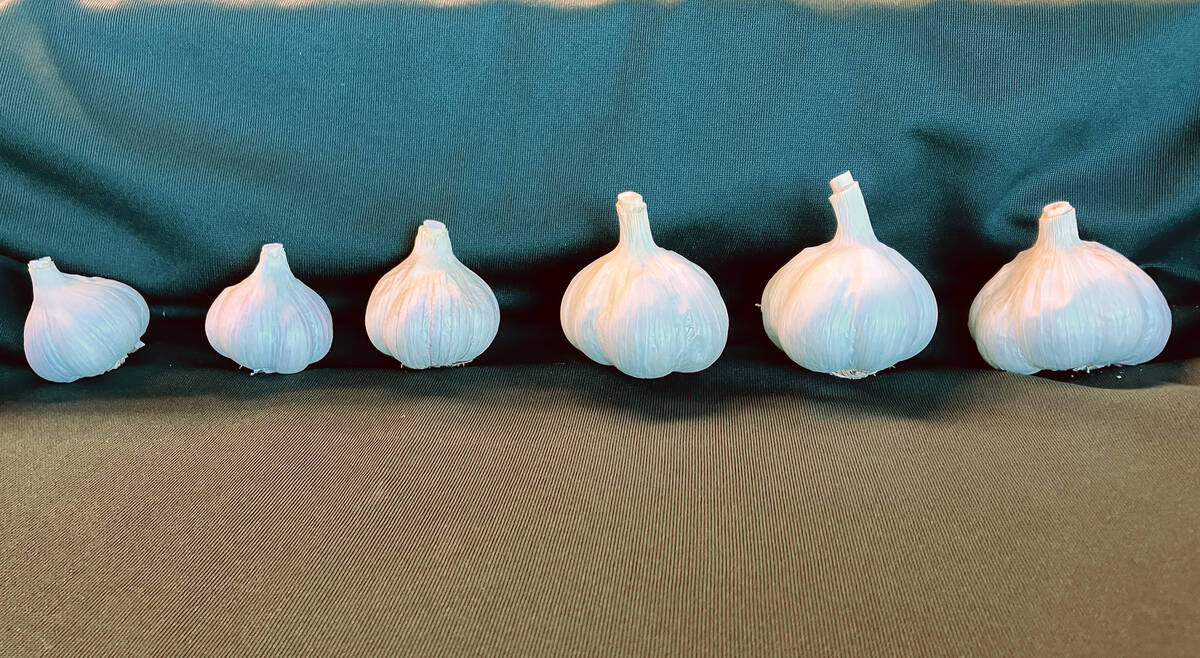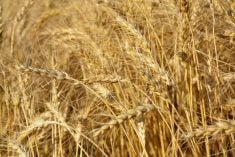Early hardneck garlic study results indicate a 25 per cent average yield increase from clean seed over conventional, even in drought conditions.
WHY IT MATTERS: Access to clean seed can boost yield potential, economic sustainability, and cultivar resilience, especially in the horticulture sector.
“We didn’t have hardneck data up until this point,” said Travis Cranmer, Ontario Ministry of Agriculture, Food and Agribusiness vegetable crops specialist.
Read Also

Winter cereals beyond wheat gaining traction
Winter cereals such other than wheat, such as barley, could provide better yield and rotation options for Ontario growers.
The garlic clean seed report, published on Oct. 10, shows that five clean seed garlic cultivars achieved yield increases between 25 per cent and 65 per cent depending on the trial site, compared to their conventional counterparts.
“We have no idea how long that lasts. We have no idea if that translates to every soil type, in every growing condition,” Cranmer said. “I have a feeling it only gets better than 25 per cent.”
Cranmer began garlic cultivar selection trials in 2018 at field sites in Dashwood, Ridgetown and Gorrie, replanting the top five hardneck garlic performers the following year. The Dashwood site remains the only location with consistent cultivar production.

In 2020, he submitted conventional Guelph, Polish White, Portugal 1 Azoles, Red Russian Marble Purple Stripe (MPS), and Ukraine cultivars from Dashwood and Ridgetown to the garlic clean seed program at the Ontario Crops Research Centre (formerly the New Liskeard Agricultural Research Station’s) SPUD Unit to develop genetically matched clean seed from conventional strains.
The garlic clean seed program was launched in the early 2000s at the research centre as a collaborative effort with the California Garlic and Onion Research Advisory Board (CORB), the Federal Economic Development Agency for Northern Ontario (FedNor), and the Garlic Growers Association of Ontario (GGAO). It has been supplying clean seed to Ontario garlic growers since 2008.
In 2023, clean seeds were planted separately from conventional cultivars at Dashwood and the new Grand Bend field sites to minimize virus contamination.
In 2024, Cranmer introduced new variables by planting five conventional and clean seed cultivars from Grand Bend’s previous season, eight inches apart at an Arthur field site.
“We just popped them in soil that neither of them had experienced before,” Cranmer said.
“That’s where we saw the craziest differences. The clean seed can really adapt nicely to a new soil type.”
Details of the field sites:
- Dashwood: Huron clay loam, planted Sept. 17, 2024, single row two metres long, 10 plants per row, 65,000 plants per acre, hand weeded, no irrigation, scaping on June 11, 2025, harvest July 22, 2025.
- Grand Bend: Brookston clay loam, planted Oct. 8, 2024, three rows of plants four inches apart, 170,000 plants per acre, black plastic weed control, exclusion netting in April, removed at harvest, drip irrigation from May to June 2025, scaping on June 11, 2025, harvest July 22, 2025.
- Arthur: Perth silt loam, planted Oct. 22, 2024, single row 1.5 meters, 150,000 plants per acre, interplanted conventional and CSP, hand-weeded, one inch of hand watering June 4, scaping on June 12, 2025, harvested July 23, 2025.
All bulbs were cleaned, placed in mesh bags, and cured in pallet boxes in a forced-air drying shed for 10 days, with dry weights recorded on Aug. 6 and 8, 2025.
The clean seed lines produced bulbs that were on average 65 per cent larger than conventional bulbs, equating to a size increase of 40 to 60 grams, Cranmer said.
The results showed a consistent yield advantage for clean seed, with top performers including:
- Dashwood: 2021 Polish White yielded 37 per cent higher
- Grand Bend: 2021 Guelph yielded 40 per cent higher
- Arthur: clean seed outperformed on average by 65 per cent, with individual cultivars showing 101 per cent for Guelph, 73 per cent for Portugal 1 Azoles, 62 per cent for Polish White and Red Russian MPS, and 29 per cent for Ukraine.
Despite drought conditions and no additional inputs, Cranmer noted the clean seed performed as though it had irrigation.
“Every three out of the five years there’s water stress. Wouldn’t it be nice to grow something that is going to perform better in that stress environment, that doesn’t need irrigation to get a decent size crop?” Cranmer suggested.
The report noted that on June 4, the conventional plants experienced an average dieback of 15.4 per cent, while clean seed plants showed only 1.3 per cent or less, with clean cultivars remaining green at harvest, slightly delaying it.

Producers are planting earlier, however, even with a two-week delay at the Arthur site, Cranmer believed that further delaying harvest could unlock additional yield potential.
“This is where you get the yield increases, by leaving it an extra week,” he said. “Now you’re getting an extra week of energy, probably to that bulb.”
Over seven generations, a single clean seed roundel can produce 280,000 plants if scapes are removed and bulbils are not harvested from the clean plants.
If bulbils are harvested in the first two years, production can increase to 2.2 million cloves, enough to plant 15 hectares (38 acres) at 143 cloves per hectare in the eighth year.
Cranmer noted that the SPUD Unit’s production of clean seed garlic cannot keep pace with demand. Although the GGAO ensures fair access for all Ontario growers, the annual roundel output could be exhausted by a single grower, with increasing interest from other provinces.
“If growers continually choose to use clean seed planting stock, over time the virus load will be pushed out of the production system,” Cranmer said in the report. “While planting stock from the clean seed program may cost more, the benefits and increases in yield outweigh these initial costs.”















